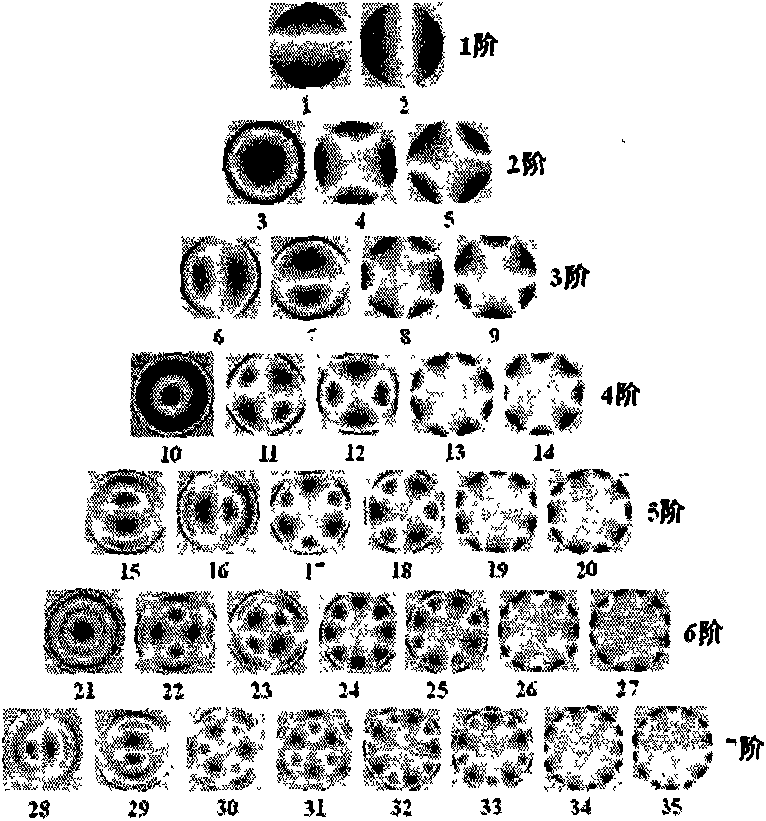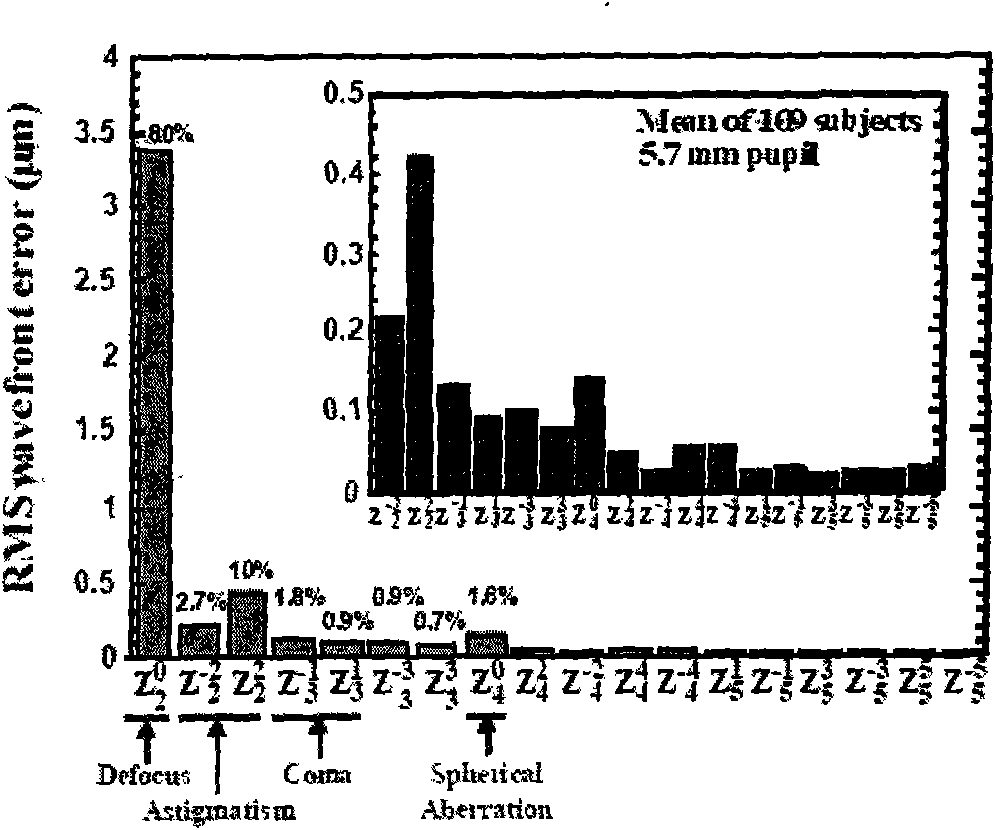Adaptive optics retina imaging system based on bimorph deformable mirror
A technology of adaptive optics and bimorphs, which is applied in applications, medical science, and eye testing equipment, etc., can solve problems such as complicated operations, limiting the amplitude of low-order aberrations, and large caliber of deformable mirrors. Outstanding correction ability, reduced volume and simple structure
- Summary
- Abstract
- Description
- Claims
- Application Information
AI Technical Summary
Problems solved by technology
Method used
Image
Examples
Embodiment Construction
[0023] Such as figure 1As shown, the present invention includes: a laser 1, a first lens 2, a first reflector 3, a flash lamp 4, a second lens 5, a first beam splitter 6, a second beam splitter 7, human eyes 8, a third lens 9, The fourth lens 10, the first bimorph deformed mirror 11, the second bimorph deformed mirror 12, the second mirror 13, the fifth lens 14, the sixth lens 15, the CCD camera 16, the third beam splitter Mirror 17, Hartmann wavefront sensor 18, wavefront control computer 19, wherein the third lens 9 and the fourth lens 10 form a beam expander telescope, the main function is to expand the reflected beacon beam to the first dual pressure Electrode deformable mirror 11 has the same light aperture and keeps optical conjugation; the fifth lens 14 and the sixth lens 15 form a narrowing telescope, which reduces the light beam reflected by the second bimorph deformable reflector 12 to The caliber required by the Terman sensor 18; the first bimorph deformable mirror...
PUM
 Login to View More
Login to View More Abstract
Description
Claims
Application Information
 Login to View More
Login to View More - R&D
- Intellectual Property
- Life Sciences
- Materials
- Tech Scout
- Unparalleled Data Quality
- Higher Quality Content
- 60% Fewer Hallucinations
Browse by: Latest US Patents, China's latest patents, Technical Efficacy Thesaurus, Application Domain, Technology Topic, Popular Technical Reports.
© 2025 PatSnap. All rights reserved.Legal|Privacy policy|Modern Slavery Act Transparency Statement|Sitemap|About US| Contact US: help@patsnap.com



